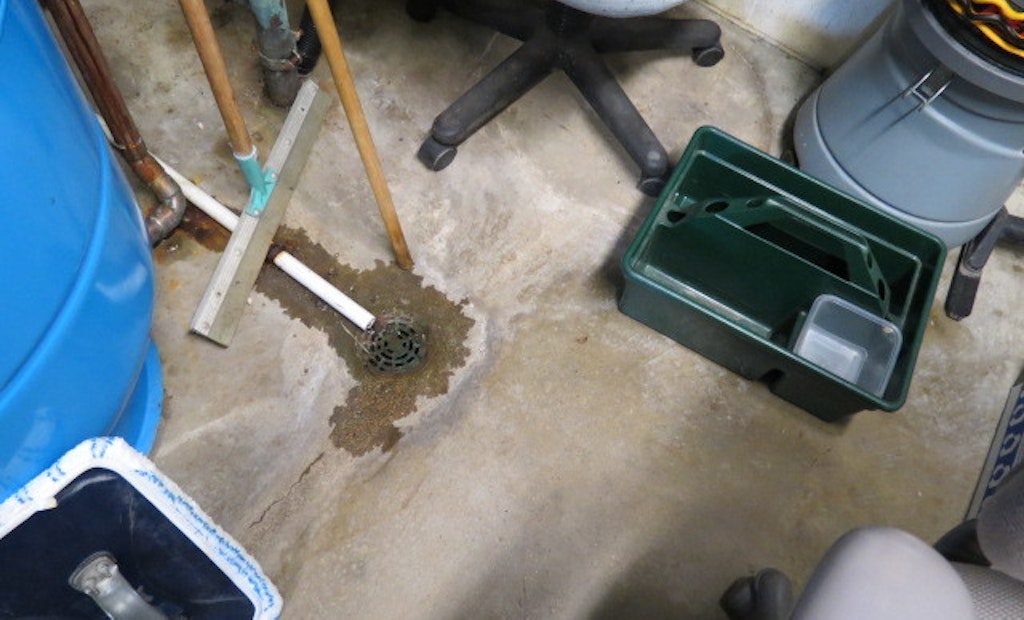Interested in Systems/ATUs?
Get Systems/ATUs articles, news and videos right in your inbox! Sign up now.
Systems/ATUs + Get AlertsOccasionally property owners complain about odors from their onsite sewage treatment system. There are several locations within an onsite system where odor can be an issue.
Septic tanks, through the anaerobic treatment process, create gases — primarily hydrogen sulfide, ammonia, methane and carbon monoxide.
- Hydrogen sulfide is a colorless, flammable gas that smells like rotten eggs at low concentration levels in the air. Hydrogen sulfide is both an irritant and a chemical asphyxiant (it will take the place of oxygen so there is not enough for someone to breathe). Low concentrations may irritate the eyes, nose, throat and respiratory system. Asthmatics may experience difficulty in breathing. Moderate concentrations can cause more severe eye and respiratory irritation, headache, dizziness, nausea and vomiting. Brief exposures to high concentrations of hydrogen sulfide can cause loss of consciousness, coma and possible death.
- Ammonia has a very sharp smell and is familiar to most people because it is used in smelling salts, household cleaners and window cleaning product. It can cause eye, nose and throat irritation and at higher levels, ammonia is toxic to humans. It can cause organ damage or death.
- Methane and carbon dioxide are both relatively nontoxic greenhouse gases that do not have an odor. However, in large amounts, methane gas is extremely flammable.
Although most people understand that sewage has an odor, steps can be taken to limit these odors inside the building. Even low levels of sewer gas odors inside a house or business are both annoying and can be a health problem. Odors in a building are typically an indication of a plumbing problem.
- Interior plumbing problems
- Dry or damaged traps in a basement floor drain or fixture can allow gases from the septic tank to vent back into the home. This can be corrected by making sure drain traps are periodically filled with water and traps are operational.
- Clogged pipes - If there are blockages in the structure’s plumbing or sewer pipes that are responsible for transporting the waste, they can cause a backup resulting in the sewage smell in the home and a public health issue.
- Loose plumbing fixtures - Sewer gas can be released in a basement if plumbing fixtures are not tight, such as a clean-out access plug, sewage ejector cover seals, or a damaged toilet wax ring.
- Incorrect or damaged plumbing such as missing P-traps or punctured plumbing due to construction activities in the home. If interior pipes are degraded, cracked or broken, sewer gas can leak through them and into the structure.
- Exterior plumbing problems can cause sewer gases to not properly vent through the pumping stack. The vent is necessary to allow the pressure in the drainpipes to equalize as wastewater flows through them. Without this vent sinks, tubs and toilets gurgle, traps dry out and odors come into the home. These plumbing vents can freeze closed during prolonged cold periods or get clogged with leaves, bird nests or other debris. A warm day or two will thaw out the frozen pipe but leaves will need to be removed. The pipe can be unfrozen using a jetter or warm water. Always take special precautions when working on a slippery or steep roof. Sewer gas can also leak into a structure when plumbing vents are installed too close to a window or air intake.
About the author
Sara Heger, Ph.D., is a researcher and educator in the Onsite Sewage Treatment Program in the Water Resources Center at the University of Minnesota, where she also earned her degrees in agricultural and biosystems engineering and water resource science. She presents at many local and national training events regarding the design, installation and management of septic systems and related research. Heger is the President-Elect of the National Onsite Wastewater Recycling Association and she serves on the NSF International Committee on Wastewater Treatment Systems. Ask Heger questions about septic system design, installation, maintenance and operation by sending an email to kim.peterson@colepublishing.com.






